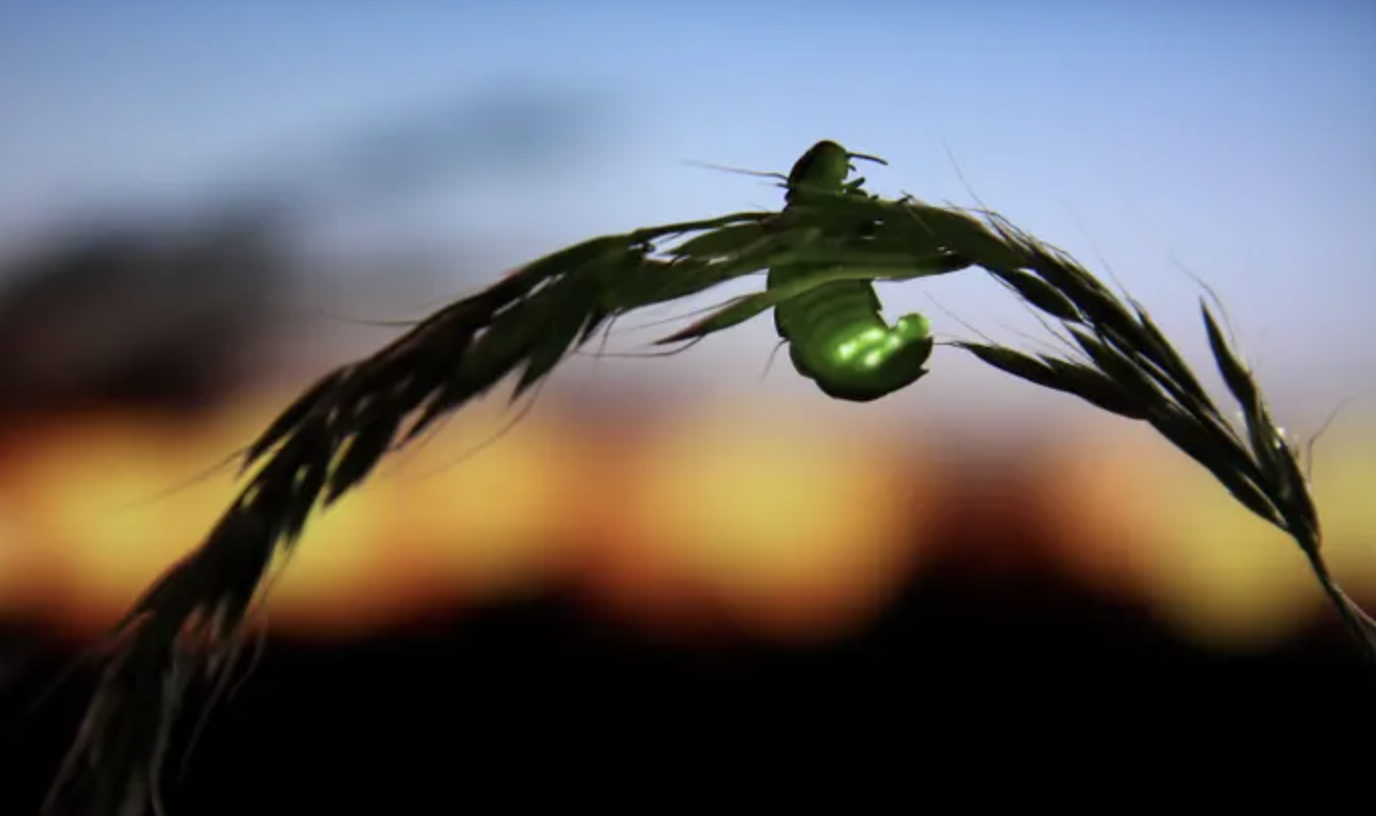
The invention of electric light has extended our lives deeper into the night: street lamps help us travel safely outdoors while lighting indoors lets us work and play for longer. Entire stadiums are drenched in light so that people can watch sports at night. Light generated outside of the natural cycle of the sun and moon can have unwanted effects, however, and is actually a form of pollution.
Similar to other kinds of pollution, it can harm animals, particularly nocturnal ones.
Some predators which would otherwise turn in for the day are instead now choosing to hunt after dusk and disrupting entire food webs. Artificial light at night can have particularly severe consequences for insects.
Large numbers of moths distracted by street lighting were neglecting their nocturnal pollinating duties, a study found, with potentially severe consequences for their ecosystem.
Similarly, other insects like the common glowworm are also being affected by outside lighting. Glowworms are nocturnal insects that use bioluminescent signalling during mating. Female worms stay put and use a chemical reaction to produce green bioluminescence to attract flying males.
Several studies have shown that white light similar to that produced by modern LED street lighting can reduce the number of males that manage to find females. Researchers at the University of Sussex collected male glowworms from a meadow and transferred each to a Y-shaped maze in the dark. One arm of the maze contained a green LED that acted as a dummy female. Once the LED was turned on, males typically hurried towards the glow. Scientists then switched on lights that mimicked artificial lighting at night and repeated the experiment. In the dark, males easily found the “female”. At the dimmest level of white light, roughly equivalent to street lighting, only 70 percent found the green LED.
This further dropped to 21 percent at the brightest levels, equal to the lighting used to illuminate monuments.
Light also increased the time they took to reach the dummy female; males in the dark took almost 48 seconds and almost a minute at the lowest level of white light.
The study also noticed the insects lingering before entering either arm when exposed to white light. This hesitance was attributed to the fact that the glowworms were dazzled. The insects retracted their head and compound eyes beneath a shield-like structure on their heads when exposed to white light. “We think the head shield acts like a pair of sunglasses, reducing how much light reaches the eyes.
This may not be enough to protect them from the effects of the white light though, as males with their head retracted seemed far less likely to approach a dummy female,” said Jeremy Niven, Professor of Zoology at Sussex. This suggests that artificial lighting at night could prevent a male from finding females, not only by making a potential mate’s bioluminescent signal harder to detect, but also by stunning them into stasis.















